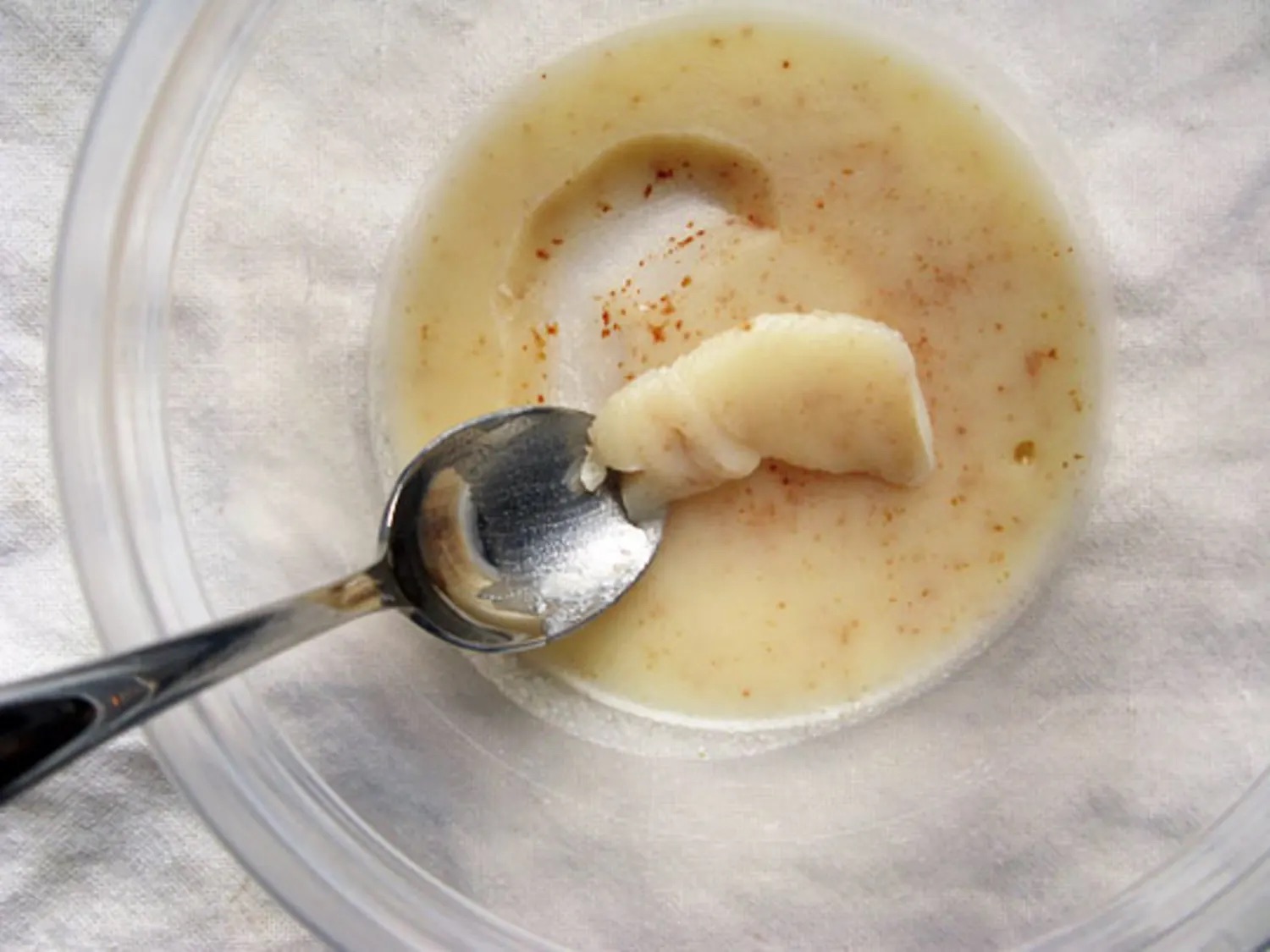

Articles
How To Store Bacon Fat
Modified: February 27, 2024
Learn the best way to store and preserve bacon fat in this informative article. Find out why it's a versatile ingredient and how to keep it fresh for longer.
(Many of the links in this article redirect to a specific reviewed product. Your purchase of these products through affiliate links helps to generate commission for Storables.com, at no extra cost. Learn more)
Introduction
Welcome to the world of bacon lovers! If you’re someone who adores the crispy, savory delight that is bacon, then you’re in for a treat. In addition to enjoying the delicious taste of bacon in your meals, did you know that you can also store and utilize the flavorful bacon fat? Yes, that’s right – bacon fat can be a valuable ingredient in your culinary repertoire.
In this article, we will explore the reasons why you should consider storing bacon fat, how to choose and store bacon, the proper way to cook bacon to obtain the best results, how to cool and strain the bacon fat, and finally, the various uses for stored bacon fat. We’ll also share some helpful tips for handling bacon fat to ensure both your safety and culinary success.
Bacon fat is a versatile and flavorful ingredient that can elevate your dishes to new heights. By storing and utilizing bacon fat, you can infuse your recipes with a rich, smoky essence that brings out the best in your ingredients.
So, let’s dive into the world of bacon fat and discover how to make the most of this deliciously savory treasure.
Key Takeaways:
- Elevate your dishes with the smoky essence of stored bacon fat, adding depth and flavor to your culinary creations while reducing kitchen waste and connecting to culinary traditions.
- Master the art of handling bacon fat with care and creativity, infusing your dishes with the irresistible smokiness of this versatile and economical ingredient.
Read more: How To Store Pork Fat
Why Store Bacon Fat
Now you might be wondering, why should I bother storing bacon fat? After all, isn’t it just grease? Well, think again! Bacon fat is not your ordinary grease; it is a flavor-packed ingredient that can enhance a wide range of dishes.
One of the main reasons to store bacon fat is its incredible taste. When you cook bacon, the fat renders out, leaving behind a rich, smoky liquid gold. This fat carries the distinct flavor profile of bacon – salty, savory, and undeniably delicious. By capturing and storing the bacon fat, you can bring that incredible flavor to other recipes without the need for bacon itself.
Additionally, bacon fat is incredibly versatile. It can be used as a substitute for oil or butter in many cooking applications. From sautéing vegetables to frying eggs and even baking, bacon fat adds an extra level of depth and savory goodness to your dishes. It can transform a simple dish into something truly extraordinary.
Furthermore, storing bacon fat is an economical choice. Rather than discarding the fat after cooking bacon, you can repurpose it and maximize every bit of flavor. Think of it as a cost-effective way to make the most of your ingredients and reduce kitchen waste.
Another advantage of storing bacon fat is that it adds convenience to your cooking routine. Having a jar of bacon fat readily available in your fridge means you can quickly add a burst of flavor to your meals whenever you desire. No need to fry up a batch of bacon every time you want that smoky goodness; simply reach for your stored bacon fat and infuse your dishes with its irresistible taste.
Lastly, bacon fat is a traditional ingredient that has been utilized by generations of home cooks. By storing and using bacon fat, you can connect to culinary traditions and add a touch of nostalgia to your cooking. It’s a way to honor the past while indulging in the deliciousness of the present.
With all these reasons, it’s easy to see why storing bacon fat is a great idea. So, let’s move on to the next steps and explore how to choose and store your bacon to ensure the best results.
Choosing and Storing Bacon
When it comes to choosing bacon for storing and using the fat, there are a few factors to consider. First and foremost, look for high-quality bacon from a reputable source. Opt for bacon that is made from pasture-raised or organic pork, as these tend to have better flavor.
Next, pay attention to the thickness of the bacon slices. Thicker bacon slices will yield more fat when cooked, resulting in a richer and more flavorful bacon fat. However, if you prefer a leaner bacon, you can still store and utilize the rendered fat, albeit in slightly smaller quantities.
Now let’s talk about storage. After cooking your bacon, it’s important to strain and store the fat properly to ensure its longevity and freshness. Start by allowing the rendered fat to cool slightly before transferring it into a glass container or a jar with a tight-fitting lid. Avoid using plastic containers, as the hot fat can melt or warp them.
Ensure that the container you choose is clean, dry, and free from any residual food particles. This will prevent the fat from acquiring off flavors and reduce the risk of spoilage.
When storing bacon fat, it’s essential to keep it refrigerated. The cool temperature of the refrigerator will help maintain the freshness and quality of the fat. Stored properly, bacon fat can last for several months in the refrigerator.
If you prefer a longer shelf life, you can also freeze the bacon fat. Freezing extends the storage time to up to a year, allowing you to have a steady supply of delicious bacon fat on hand.
To freeze bacon fat, pour it into an airtight container or an ice cube tray and place it in the freezer. Once frozen, you can transfer the fat cubes into a freezer bag for easier storage. Be sure to label the container with the date to keep track of its freshness.
Now that you know how to choose and store your bacon, let’s move on to the next step in the process – cooking the bacon properly to obtain the best results.
Cooking Bacon Properly
The key to obtaining perfectly cooked bacon lies in a few simple steps. Follow these guidelines to achieve crispy, flavorful bacon every time:
- Preheat your skillet or frying pan over medium heat. Avoid using high heat, as it can cause the bacon to cook too quickly and burn.
- If your bacon slices are cold from the refrigerator, allow them to sit at room temperature for a few minutes. This will help them cook more evenly.
- Place the bacon strips in a single layer in the preheated pan. Avoid overcrowding the pan, as this can lead to uneven cooking.
- Allow the bacon to cook undisturbed for a few minutes until the edges start to curl and brown. Then, using tongs or a fork, flip the bacon slices and continue cooking on the other side.
- Continue cooking the bacon until it reaches your desired level of crispness. Keep in mind that the bacon will continue to cook slightly after you remove it from the heat, so it’s okay to take it off the pan when it’s slightly less crispy than you prefer.
- Transfer the cooked bacon to a plate lined with paper towels to absorb any excess grease.
- Once the bacon has cooled slightly, you can enjoy it as is or proceed to save the rendered fat by straining it. We’ll discuss the process of cooling and straining the bacon fat in the next section.
By following these simple steps, you’ll be able to achieve perfectly cooked bacon with crispy edges and a tantalizing aroma. Now that you’ve mastered the art of cooking bacon, let’s move on to the next step of cooling and straining the bacon fat.
Cooling and Straining Bacon Fat
Once you’ve cooked your bacon and enjoyed its deliciousness, it’s time to cool and strain the bacon fat. This step is crucial to ensure that your stored bacon fat is clean and free from any impurities.
Start by allowing the rendered bacon fat to cool slightly in the pan. This will make it easier to handle and reduce the risk of accidental burns.
Next, prepare a heatproof container to strain the bacon fat. You can use a glass jar or a heat-resistant bowl lined with cheesecloth or a fine-mesh strainer to catch any solids or impurities.
Carefully pour the warm bacon fat into the prepared container, being mindful not to spill or splash. The cheesecloth or fine-mesh strainer will filter out any bacon bits, leaving you with clean and smooth bacon fat.
Allow the bacon fat to cool completely before covering it with a tight-fitting lid or sealing it with plastic wrap. This will help prevent any contaminants from entering the fat and affecting its quality.
If there are any tiny bacon particles that slipped through the strainer, you can remove them by carefully scraping them off the surface of the cooled fat with a spoon or a small knife.
Now that you have successfully cooled and strained your bacon fat, it’s time to move on to the next step – storing the bacon fat for future culinary adventures.
After cooking bacon, strain the fat through a fine mesh sieve into a heatproof container. Store in the refrigerator for up to 6 months or in the freezer for even longer. Use it for cooking to add delicious flavor to your dishes.
Read more: How To Store Duck Fat
Storing Bacon Fat
Proper storage is essential to maintain the freshness and quality of your bacon fat. Follow these guidelines to ensure that your bacon fat stays delicious and ready for use:
- Transfer the cooled and strained bacon fat into a clean and dry glass container or jar with a tight-fitting lid. Mason jars are a popular choice for storing bacon fat due to their durability and airtight seal.
- Label the container with the date of storage. This will help you keep track of the freshness of the bacon fat.
- Place the container of bacon fat in the refrigerator. The cool temperature of the fridge will help prolong its shelf life and maintain its quality.
- For added convenience, you can portion the bacon fat into smaller containers or ice cube trays before refrigerating or freezing. This way, you can easily thaw or use a manageable amount of bacon fat without having to defrost the entire batch.
- If you prefer to freeze the bacon fat for longer storage, carefully transfer it into an airtight freezer-safe container. Leave some headspace in the container to allow for expansion as the fat freezes.
- Label the freezer container with the date and contents to avoid confusion. Frozen bacon fat can be stored for up to a year, but it’s best to use it within a few months for optimal flavor.
Remember to keep an eye on the stored bacon fat for any signs of spoilage, such as an off odor or mold growth. If you notice any unusual changes, discard the bacon fat to prevent any food safety issues.
Now that you know how to store your bacon fat properly, it’s time to explore the various uses for this flavorful ingredient in your culinary creations.
Uses for Stored Bacon Fat
Stored bacon fat is like a secret weapon in the kitchen, ready to infuse your dishes with an irresistible smoky flavor. Here are some delicious ways you can incorporate bacon fat into your culinary creations:
- Cooking and Sautéing: Use bacon fat as a substitute for oil or butter when cooking vegetables, meats, or even eggs. The bacon fat adds a depth of flavor that enhances the taste of your dish.
- Roasting Potatoes: Tossing potatoes in melted bacon fat before roasting them in the oven adds a delightful crispiness and a hint of smokiness to your spuds.
- Flavoring Grains: Add a tablespoon or two of bacon fat to your rice, quinoa, or risotto while cooking to impart a subtle smokiness to the grains.
- Seasoning Popcorn: Melted bacon fat can be drizzled over freshly popped popcorn for a savory twist. Sprinkle some grated Parmesan cheese or your favorite spices for an extra burst of flavor.
- Baking: Some bakers swear by using a small amount of bacon fat in pie crusts, biscuits, or even cookies to add a savory note and enhance the overall flavor.
- Flavoring Soups and Stews: Stir in a spoonful of bacon fat into your soups, stews, or chili for an extra layer of complexity and smoky richness.
- Making Dressings and Sauces: Bacon fat can be incorporated into homemade dressings, vinaigrettes, or sauces to bring a unique flavor profile to your salads or main dishes.
- Adding to Beans and Legumes: A dollop of bacon fat can transform a batch of cooked beans or lentils into a flavorful side dish or main course.
Remember, a little goes a long way when using bacon fat, as it is highly concentrated in flavor. Start with a small amount and gradually adjust to your taste preferences.
With its versatility and delicious taste, stored bacon fat can elevate your cooking to new heights. Be creative and experiment with different dishes to discover the magic that bacon fat can bring to your culinary creations.
Now that you have an array of uses for your stored bacon fat, let’s explore some helpful tips for handling bacon fat to ensure your safety and cooking success.
Tips for Handling Bacon Fat
While cooking with bacon fat can be a delightful experience, it’s important to handle it with care to ensure both your safety and culinary success. Here are some helpful tips to keep in mind:
- Properly Dispose of Excess Fat: If you have leftover bacon fat that you don’t plan to store, avoid pouring it down the drain. The fat can solidify and cause blockages in the plumbing. Instead, allow the fat to cool and solidify in the pan, then scrape it into a sealable bag or container and dispose of it in the trash.
- Store Bacon Fat Separately: To maintain the flavor integrity of your stored bacon fat, it’s best to store it separately from other fats or cooking oils. Bacon fat can absorb other strong odors, which can affect its taste over time. Keep it in a dedicated container to preserve its unique flavors.
- Keep Track of Usage: To ensure that your stored bacon fat stays fresh, it’s a good idea to use the oldest batch first. Label the containers with the date of storage, and try to rotate through them to use them within a reasonable timeframe.
- Be Mindful of Smoke Point: Bacon fat has a relatively low smoke point compared to some other cooking oils. Avoid heating it to high temperatures to prevent it from smoking and developing a burnt flavor. Medium heat is typically sufficient for cooking with bacon fat.
- Balance Flavors: Bacon fat has a distinct and intense flavor. When using it in recipes, be mindful of the other ingredients and flavors in the dish. Adjust the amount of bacon fat accordingly to maintain a balanced flavor profile.
- Strain Bacon Fat Regularly: Over time, small food particles or impurities may accumulate in stored bacon fat. Strain it periodically to ensure that it remains clean and free from any unwanted debris.
- Enjoy in Moderation: While bacon fat can add incredible flavor to your dishes, it’s important to consume it in moderation. Like any fat, it is high in calories and can contribute to an unhealthy diet if consumed in excessive amounts.
By following these tips, you can ensure that handling bacon fat becomes a safe and enjoyable part of your culinary adventures.
Now that you’re armed with all the knowledge and tips for handling bacon fat, it’s time to indulge in the irresistibly smoky flavor it brings to your cooking. Whether you’re sautéing vegetables, flavoring soups, or baking delicious treats, stored bacon fat is sure to elevate your dishes to a whole new level of deliciousness.
Happy cooking!
Conclusion
Congratulations! You have now mastered the art of storing and utilizing bacon fat. By storing the rendered fat from cooking bacon, you unlock a world of flavor possibilities in your cooking. Bacon fat adds a smoky, savory essence to a variety of dishes, elevating their taste to new heights.
We explored the reasons why it’s worth storing bacon fat, including its incredible taste, versatility in the kitchen, and the economic and convenience benefits it offers. We also delved into the process of choosing and storing bacon, cooking bacon to perfection, and properly cooling and straining the resulting bacon fat.
Furthermore, we discussed the various uses for stored bacon fat, from cooking and sautéing to flavoring grains, roasting potatoes, and enhancing soups and sauces. You now have a wealth of culinary options to explore and the ability to add a delicious twist to your favorite recipes.
Remember, handling bacon fat requires care and attention. Properly disposing of excess fat, storing it separately, and being mindful of its smoke point and flavor balance are essential aspects to consider. With these tips in mind, you can confidently handle and enjoy the benefits of bacon fat in your cooking endeavors.
So go ahead, embrace the smoky goodness of bacon fat and let your culinary creativity soar. Whether you’re whipping up a hearty breakfast, creating a mouthwatering dinner, or experimenting with new flavors in your baking, bacon fat is your secret ingredient for a gastronomic delight.
Enjoy the journey and the delicious rewards that come with incorporating stored bacon fat into your cooking. From breakfast to dinner, from savory to sweet, may your culinary adventures be filled with sizzling bacon and the irresistible allure of bacon fat.
Happy cooking, and bon appétit!
Frequently Asked Questions about How To Store Bacon Fat
Was this page helpful?
At Storables.com, we guarantee accurate and reliable information. Our content, validated by Expert Board Contributors, is crafted following stringent Editorial Policies. We're committed to providing you with well-researched, expert-backed insights for all your informational needs.

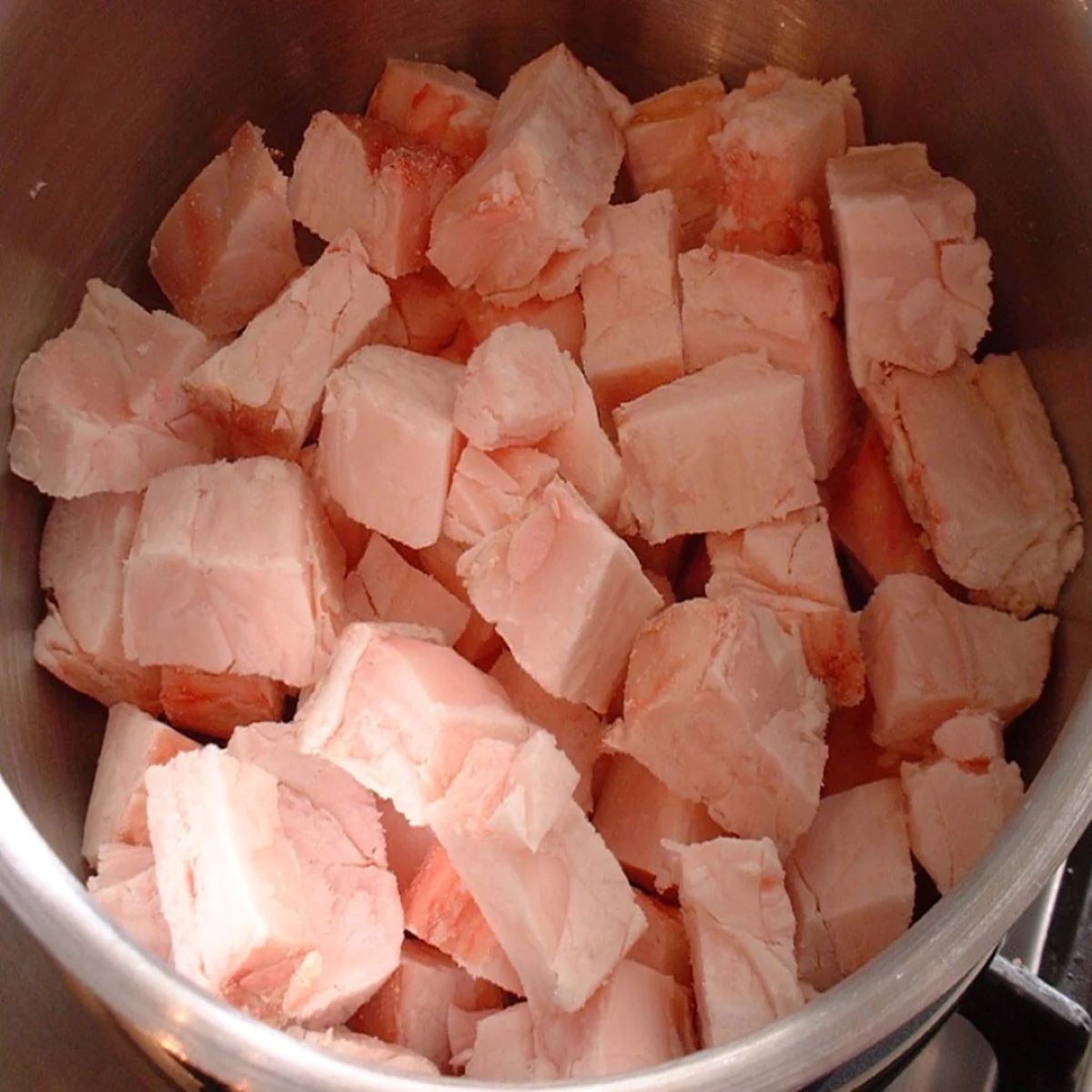

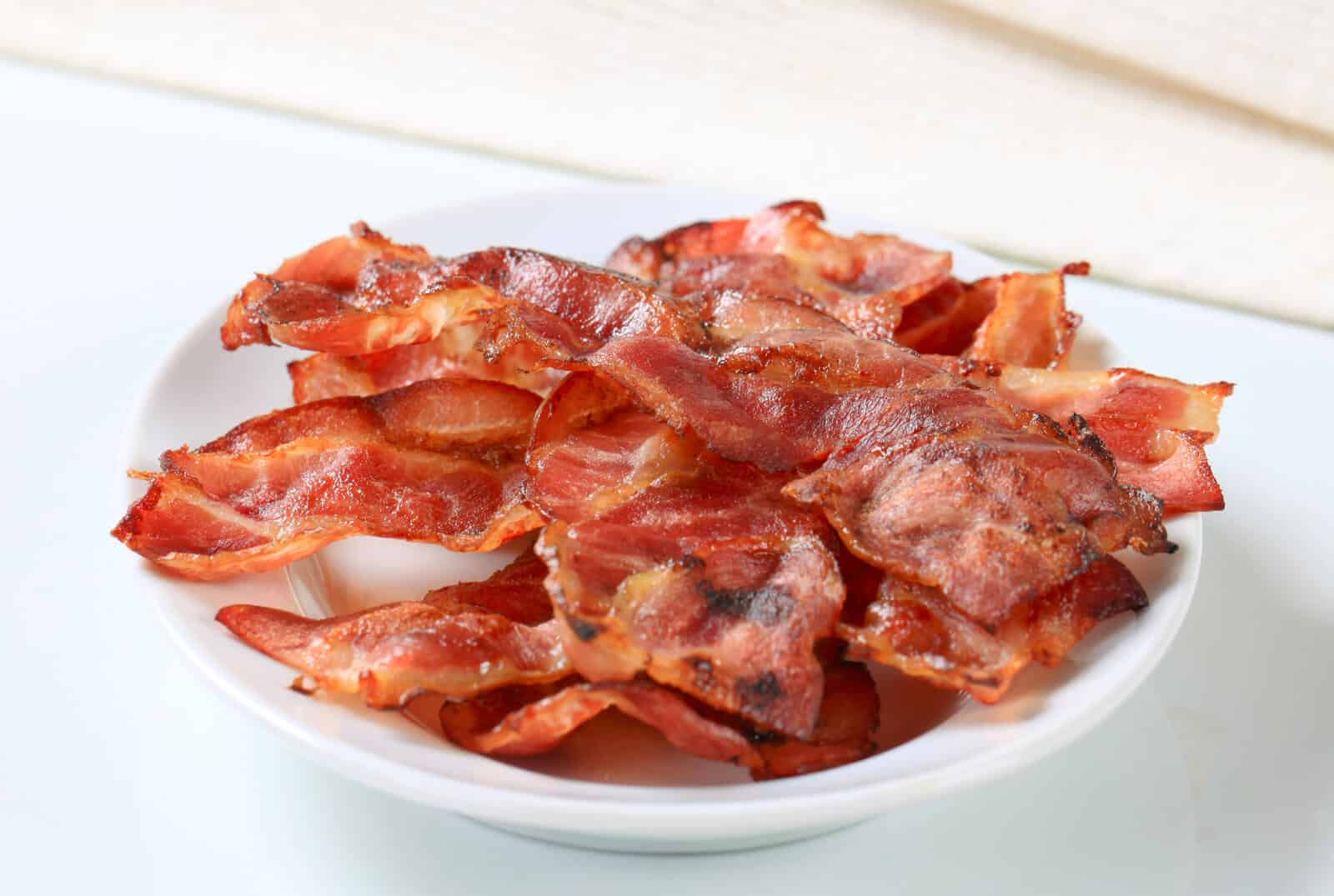
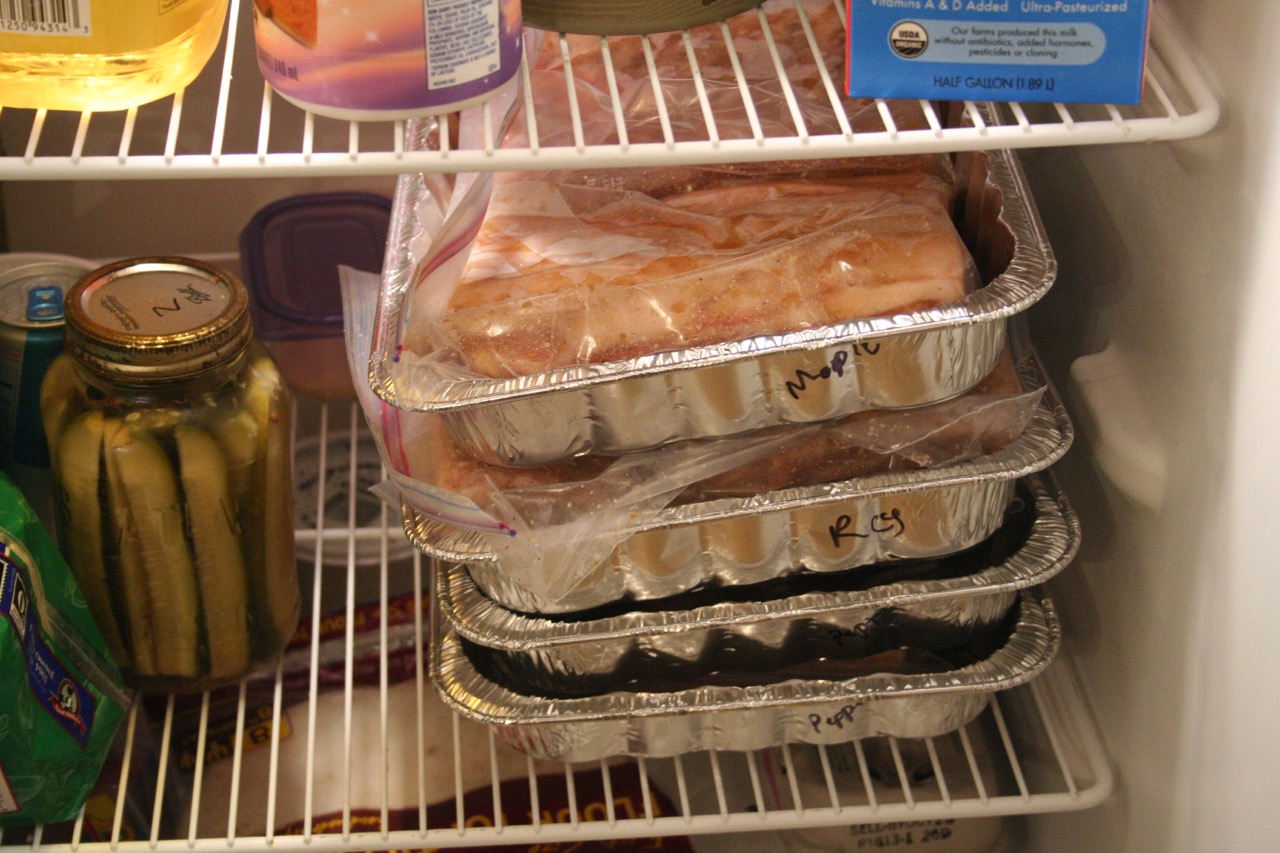
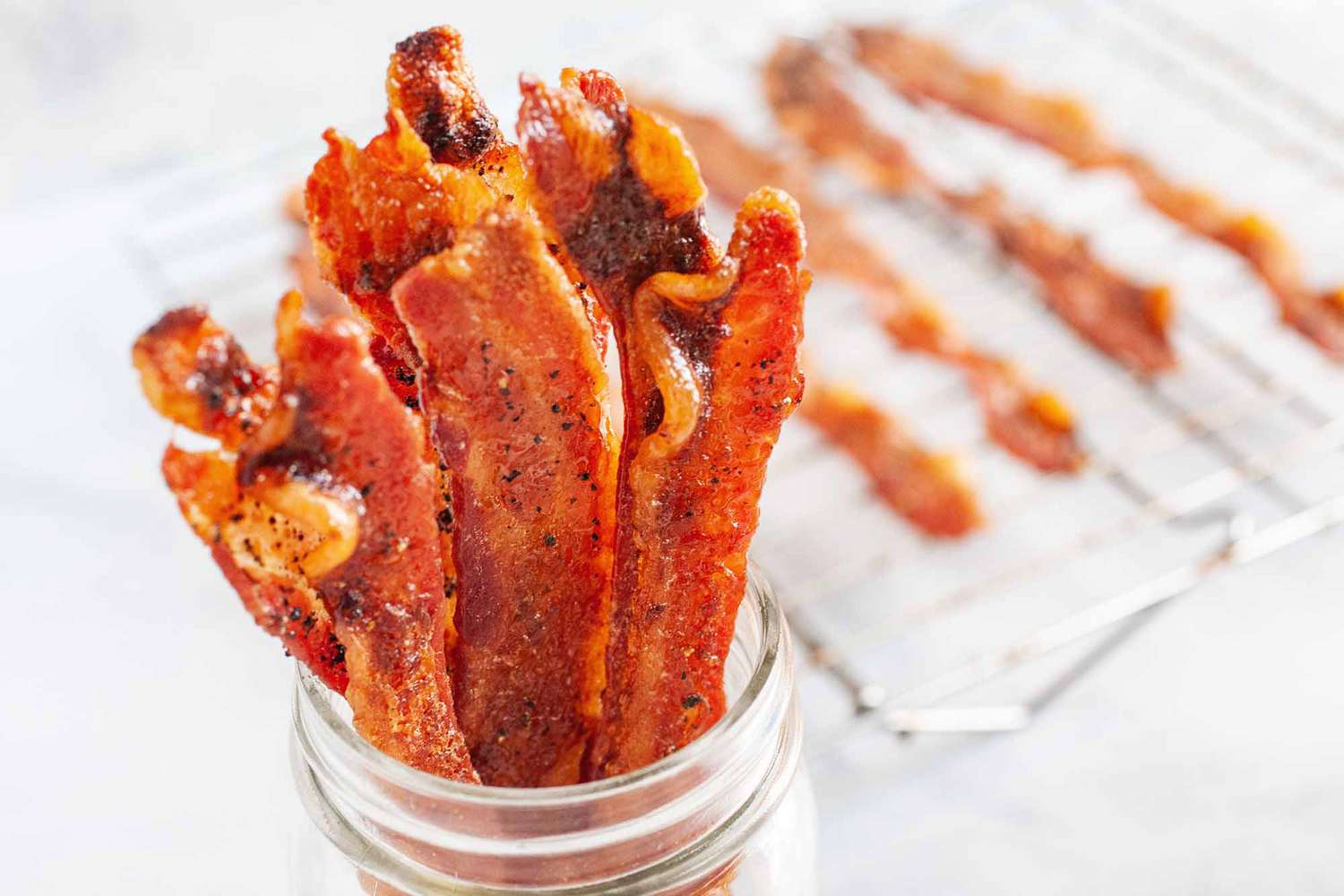
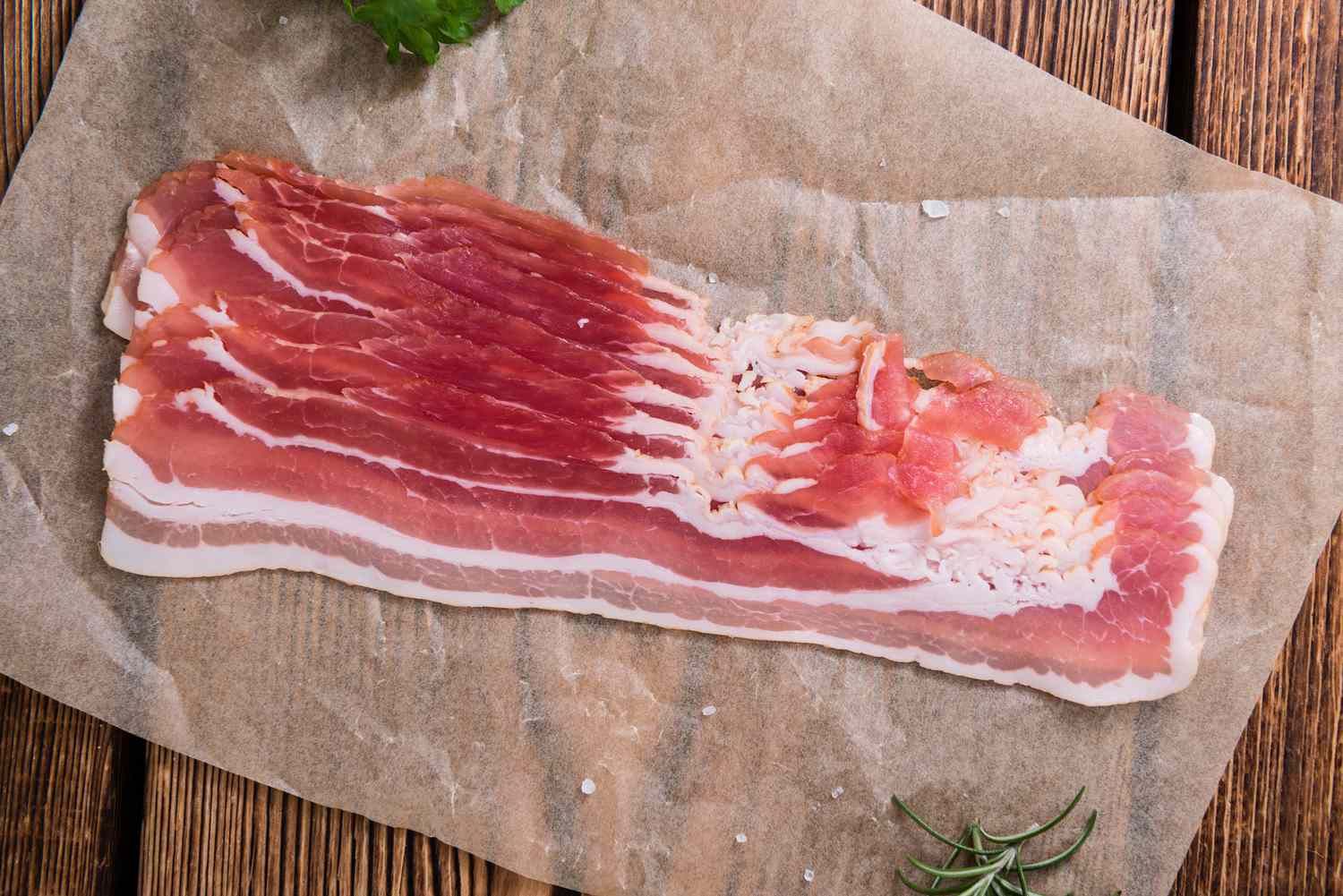
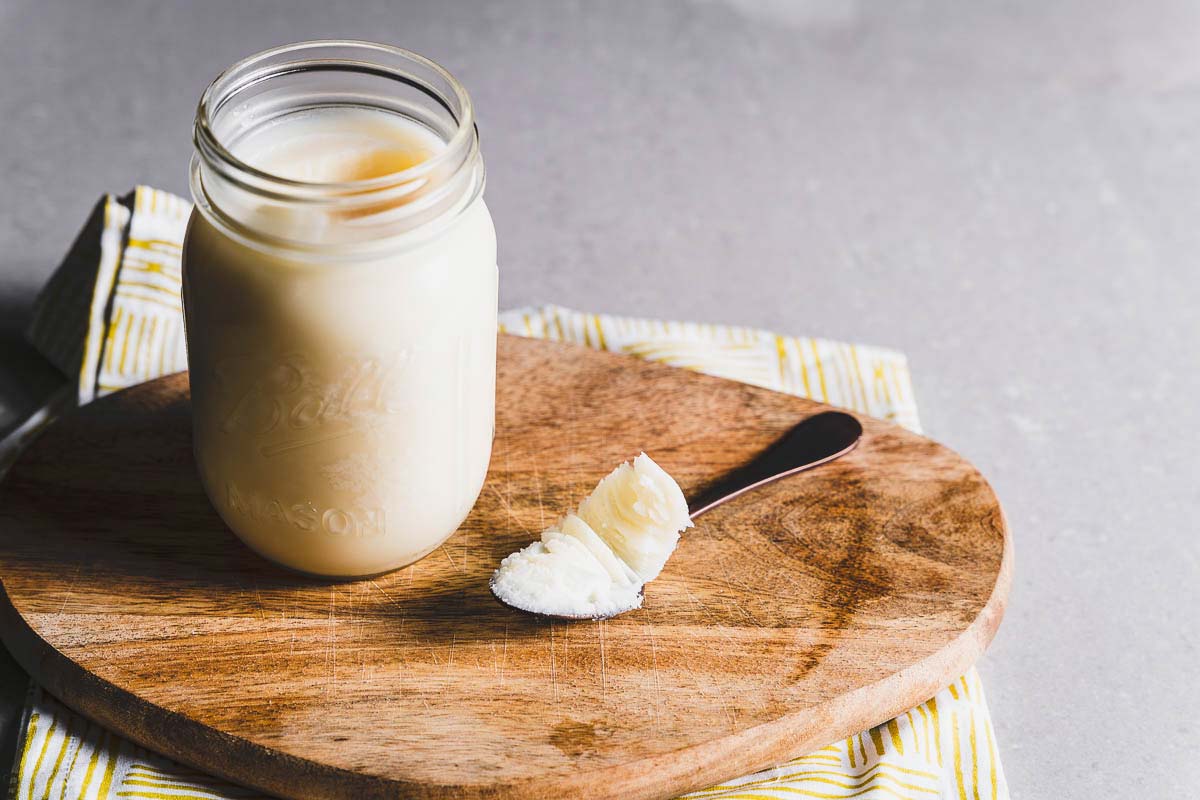
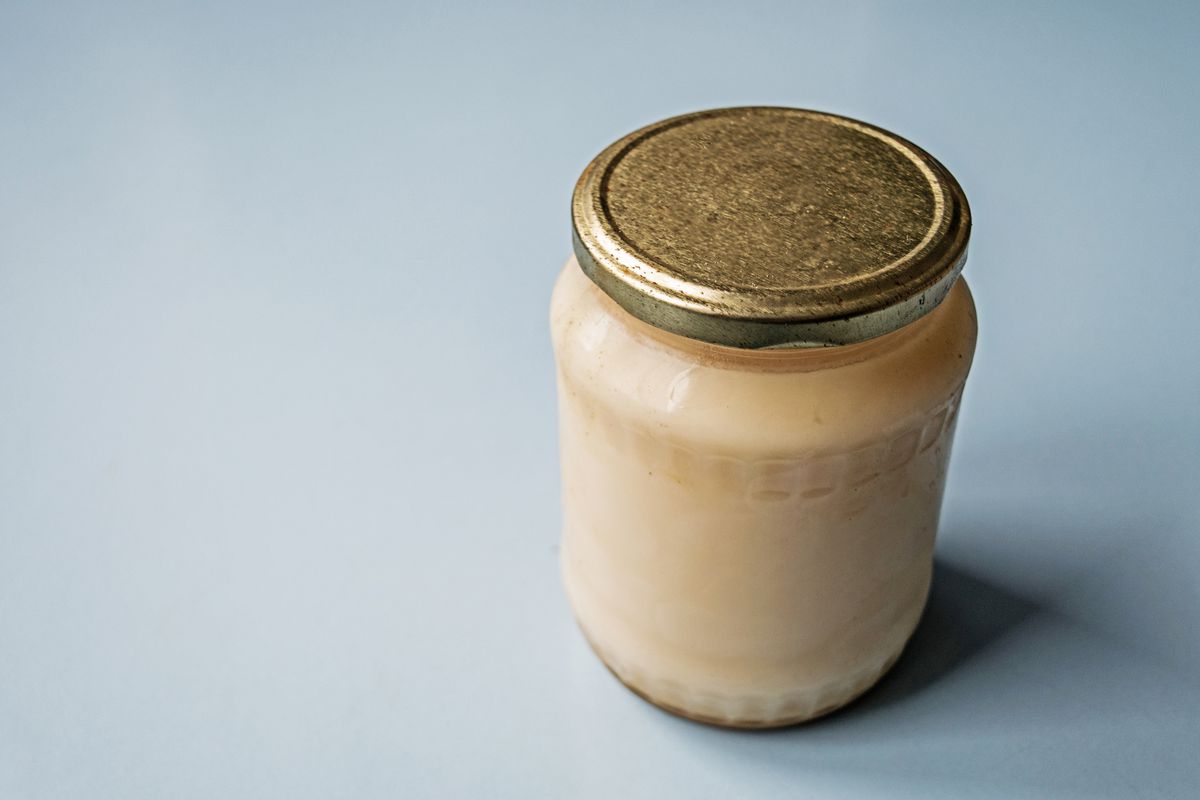
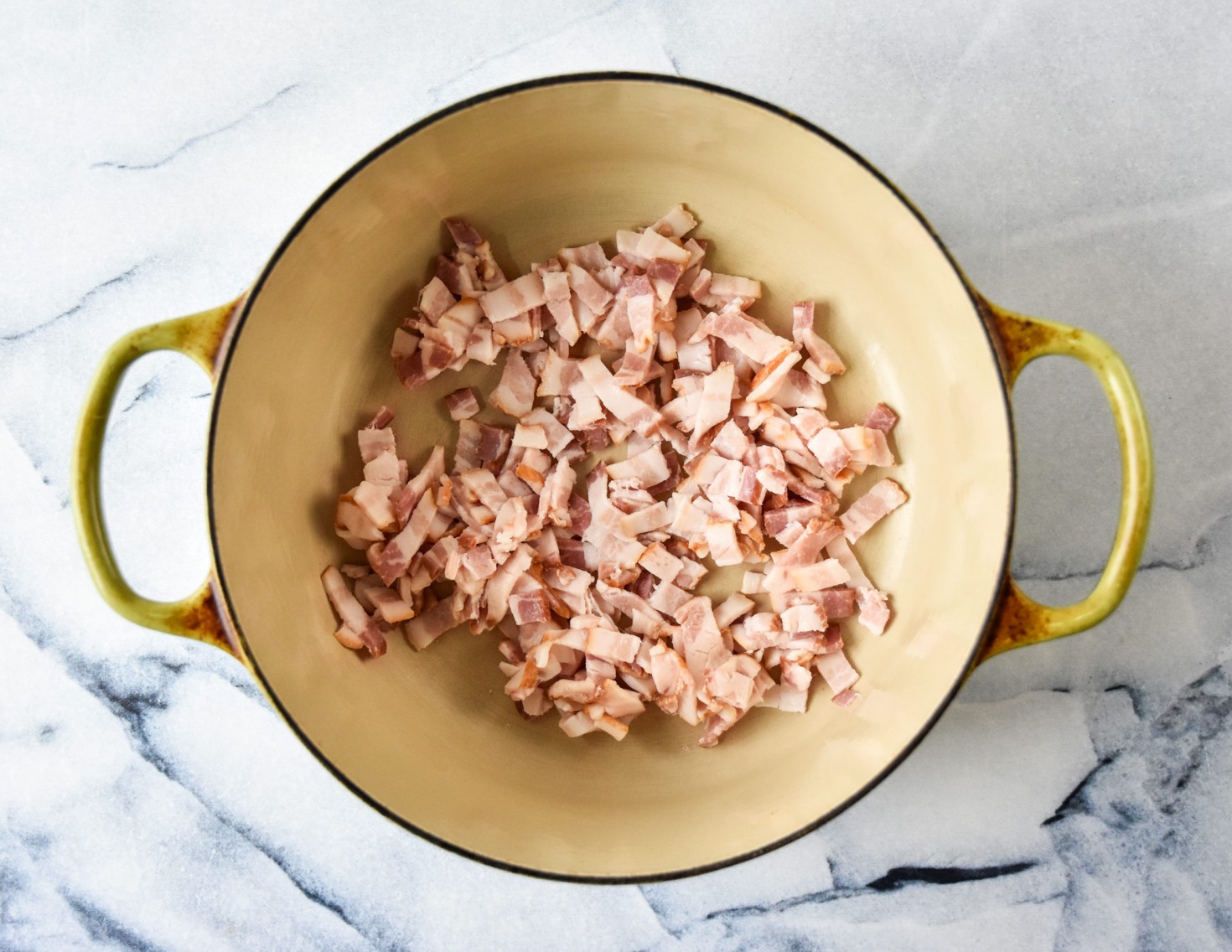
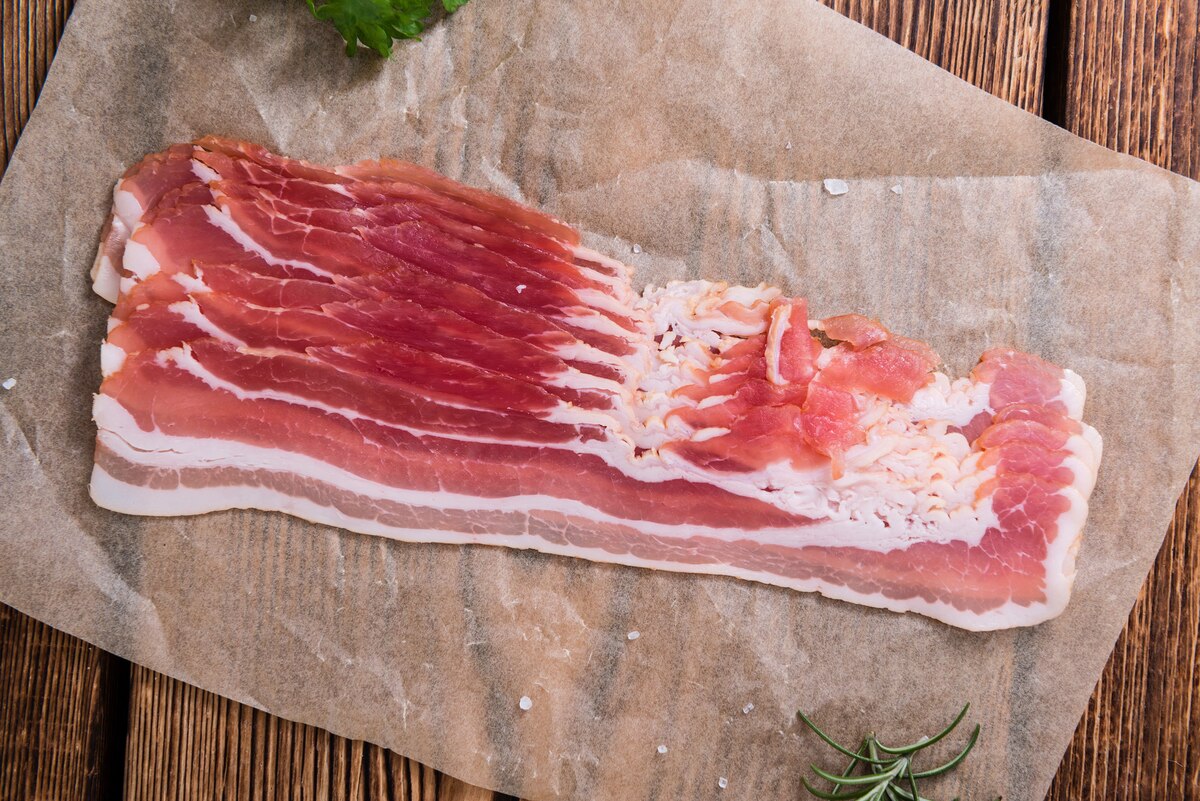
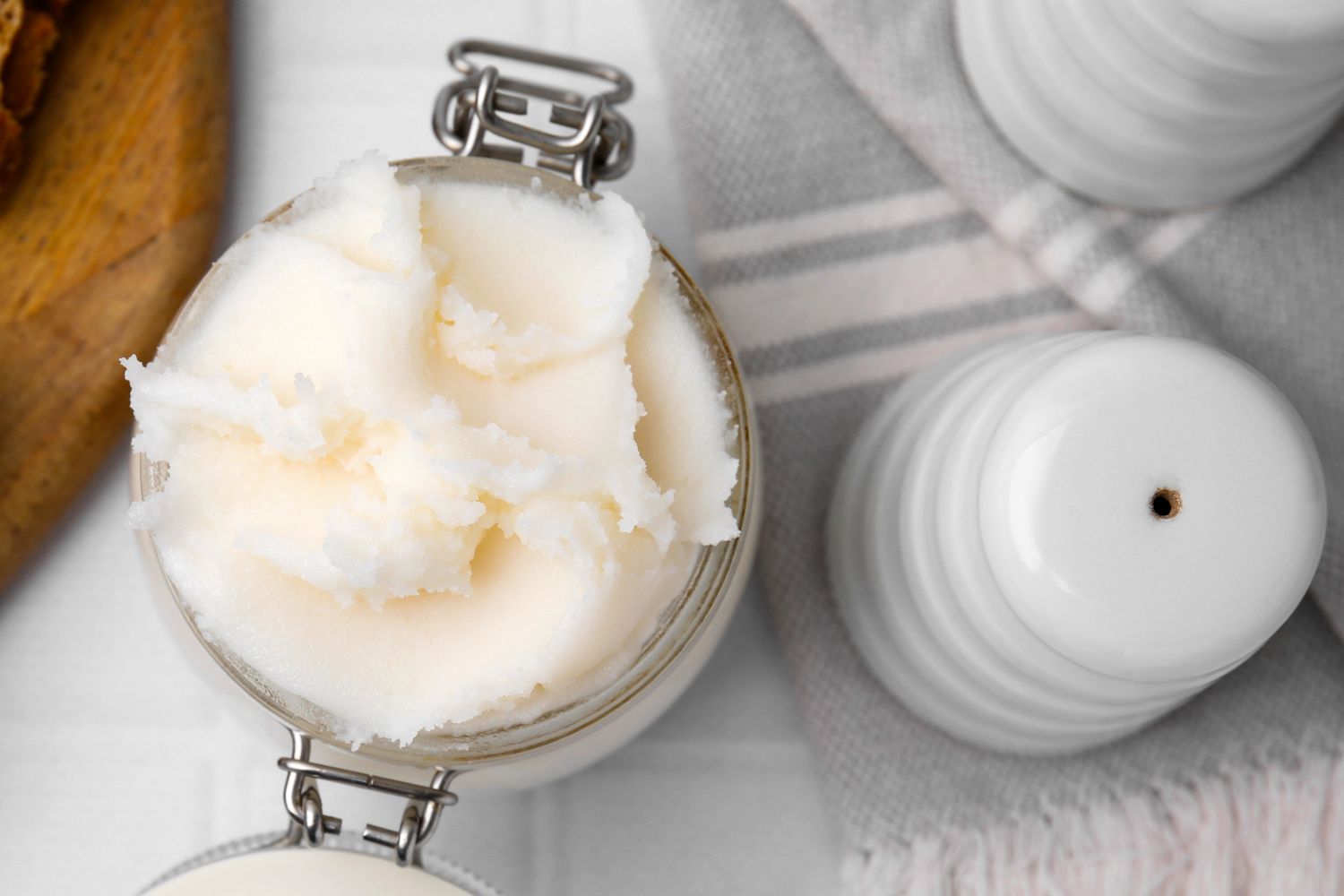
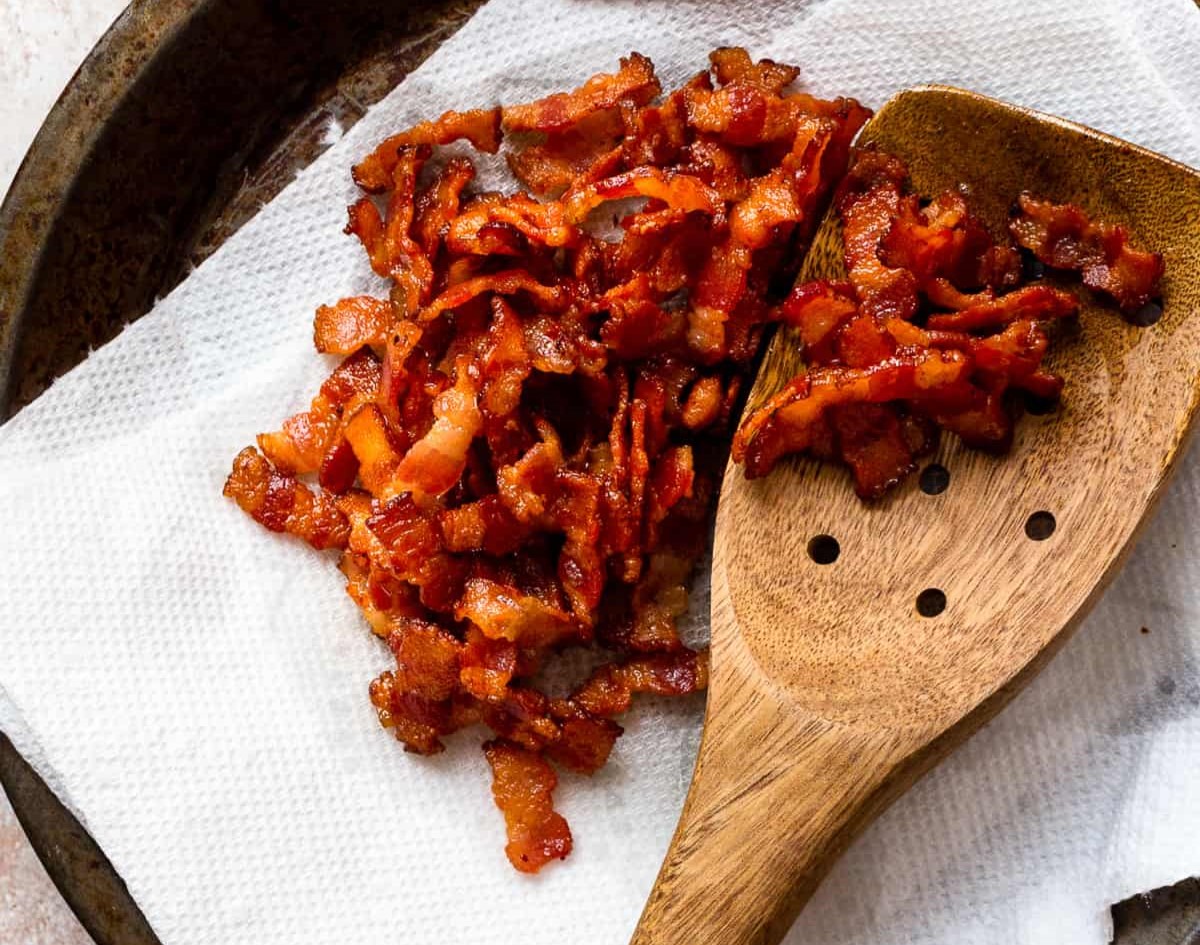
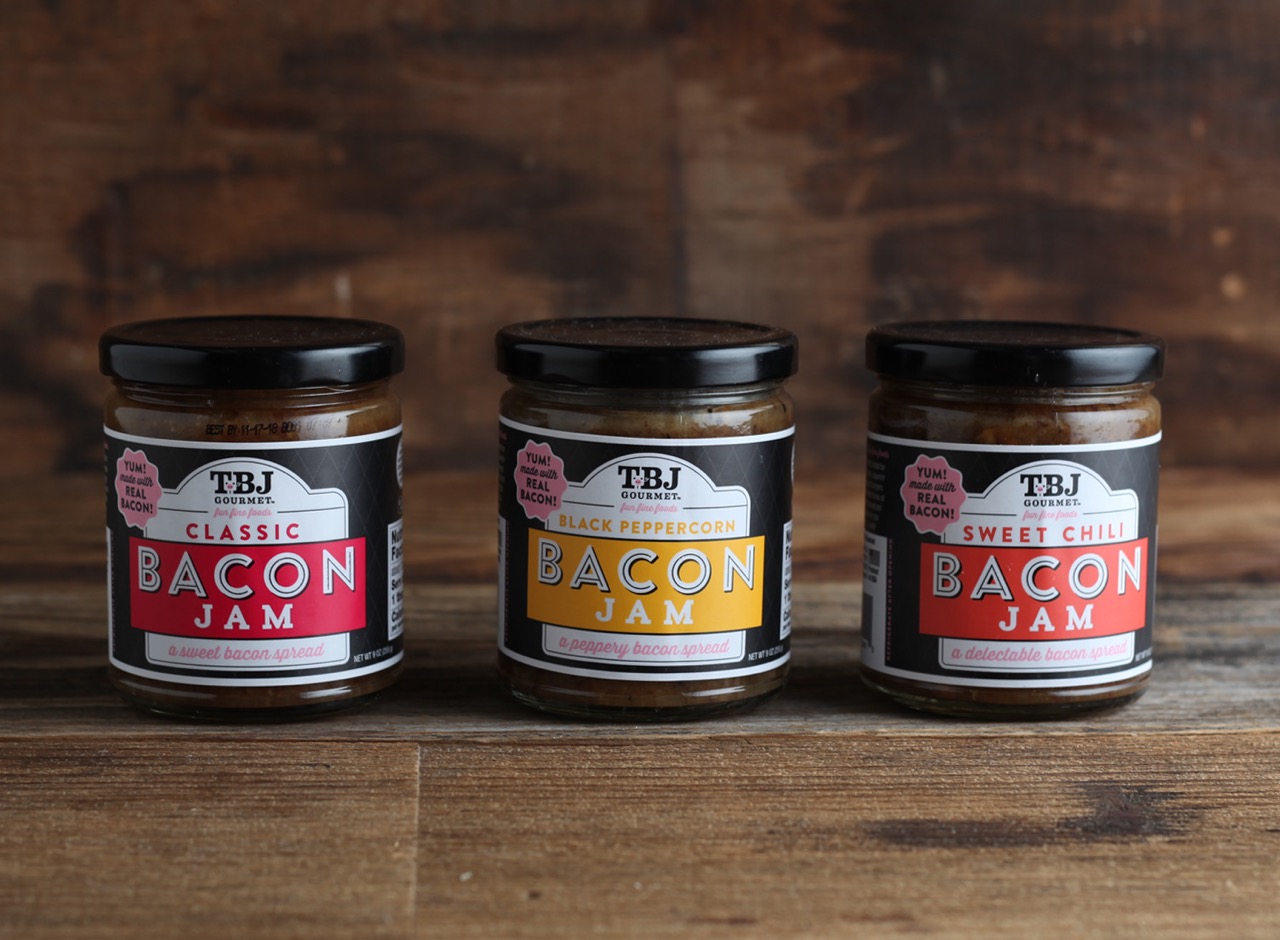

0 thoughts on “How To Store Bacon Fat”